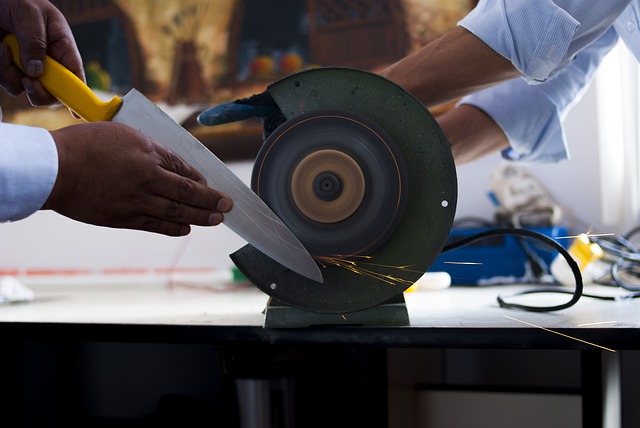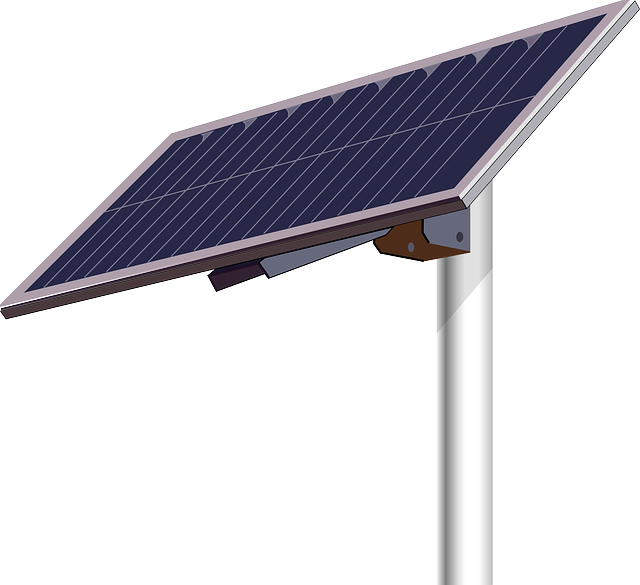The mechanical energy in companion with the object doing some work is transformed into radiant energy in different forms of energy.
The energy can be transformed from mechanical energy to radiant energy in various ways, like for example, giving out the kinetic energy in the form of heat, the irradiated waves from the objects, thermal energy, sound, and various other forms of energy.
What is a Transfer of Mechanical Energy to Radiant Energy?
Mechanical energy is a sum of the potential energy associated with the object and the kinetic energy acquired to do the work.
A transfer of mechanical energy to radiant energy is a conversion of the mechanical energy of the object in the form of radiant energy like heat, light, transverse waves, sound waves, etc.
The energy cannot be created or destroyed but it only transfers its form from one sort of energy to another. The energy used to do some activity is an addition of the potential and kinetic energy of the object. During the process, mechanical energy is transferred to some other form of energy due to the friction or the perturbation and vibrations produced in the object and the surrounding.
For example, on winter days, if you rub your hands together for a while, you will feel the warmth in your hands. The activity of rubbing the hands together is a form of mechanical energy. The motion of your hands is kinetic energy while the potential energy is inbuilt in your hand. The combination of both is mechanical energy that produces heat energy which is radiant energy.
Read more on 17+ Example of Mechanical to Radiant energy: Detailed explanations.
What Process is Mechanical Energy to Radiant Energy?
There is a number of processes that radiates energy in various form converting mechanical energy.
The mechanical energy is converted into radiant energy producing sound, light, wind, and waves. There is also a lack of energy in the form of heat or radiation due to the friction of the object.
The mechanical energy is converted into a different form of radiant energy. We shall discuss some of the processes here below:-
Friction
The rubbing of two surfaces of the object with one another causes friction that radiates energy in the form of heat.

On continuously hitting an object such as made up of iron, the friction causes the creation of a spark of light due to the excitation of electrons, thus radiating light and heat.
Vibration
The vibrations produced in the object cause the production of sound and the radiations of microwaves from the vibrating molecules. The vibration produces the region of contraction and rarefaction that is carried by the surrounding molecules in the air and hence the sound is transmitted.
Rotation
The rotational motion of the object imposes pressure on the surrounding air thus setting the wind to blow around. For example, the rotation of the propellers of the ceiling fan is the mechanical energy that is transformed into radiating wind energy.
Tapping
It is a form of mechanical activity that is converted into radiant energy as tapping produces sound and also friction generates heat energy.
Applied Force
The force imposed on the object can convert the potential energy associated with the object into kinetic energy. This is also inevitable for the friction, sound, and translational for rotational motion of the object.
Read more on 20+ Example Of Mechanical To Kinetic Energy: Detailed Explanations.
How to Convert Mechanical Energy to Radiant Energy?
The energy radiated in the form of waves of radiations imparting energy to the surrounding molecules in the form of radiation is radiant energy.
This energy is easily converted into radiant energy in the form of light, sound, waves, radiations, due to the friction or process involved while performing work.

The coil heated due to the conversion of electrical energy to heat energy is radiated from the hairdryers because of the rotating fan. Thus, the heat energy is radiated due to the mechanical energy produced due to the rotating electrical fan.
Read more on 16+ Example Of Mechanical Energy To Chemical Energy: Detailed Explanations.
How to Convert Radiant Energy?
Radiant energy is converted into thermal energy, sound, radiations, wind, light, or back to mechanical energy too.
The energy radiated is given out in the form of heat. The difference in the heat creates a pressure difference in the area and hence invites the mobility of the molecules from high pressure to low pressure thus used to generate mechanical energy.
The radiating microwaves in the oven are converted to the thermal energy used for cooking. The light rays received from the Sun convert this light energy to thermal energy.

The turbines are set up in the direction of motion of the thermal heat radiated from the boreholes grasping the geothermal energy. Due to the temperature and hence the pressure difference, the turbine starts rotating. At this instant, the radiant energy is transformed into mechanical energy. These rotations are escalated by the shaft and motor attached to the turbine wheel. The electrical energy is produced is supplied to the houses, industries, and factories.
Read more on 10+ Example Of Mechanical To Thermal Energy: Detailed Explanations.
Frequently Asked Questions
How does the mechanical energy of the windmill turn into radiant energy?
The rotations kinetic energy of the propellers of the wind and the potential of the windmill produces the mechanical energy.
This mechanical energy is a result of wind energy but is also responsible for conditioning the air in the surrounding. Also, this mechanical energy is converted into the electrical energy used to ignite the electrical filaments at home radiating light.
How can we store this radiant energy?
We can store the radiant energy by trapping the incident waves from the source.
The light energy radiated from the sun that we receive is harvested using solar cells and solar generators that are converted into electrical energy.
Also Read:
- Gravitational energy to mechanical energy
- Example of electrical energy to sound energy
- Chemical energy to sound energy
- Example of radiant energy to chemical energy
- Is mechanical energy conserved
- Examples of gravitational potential energy
- Example of potential energy to light energy
- Example of potential energy to chemical energy
- Example of kinetic to potential energy
- Example of electrical to mechanical energy
Hi, I’m Akshita Mapari. I have done M.Sc. in Physics. I have worked on projects like Numerical modeling of winds and waves during cyclone, Physics of toys and mechanized thrill machines in amusement park based on Classical Mechanics. I have pursued a course on Arduino and have accomplished some mini projects on Arduino UNO. I always like to explore new zones in the field of science. I personally believe that learning is more enthusiastic when learnt with creativity. Apart from this, I like to read, travel, strumming on guitar, identifying rocks and strata, photography and playing chess.